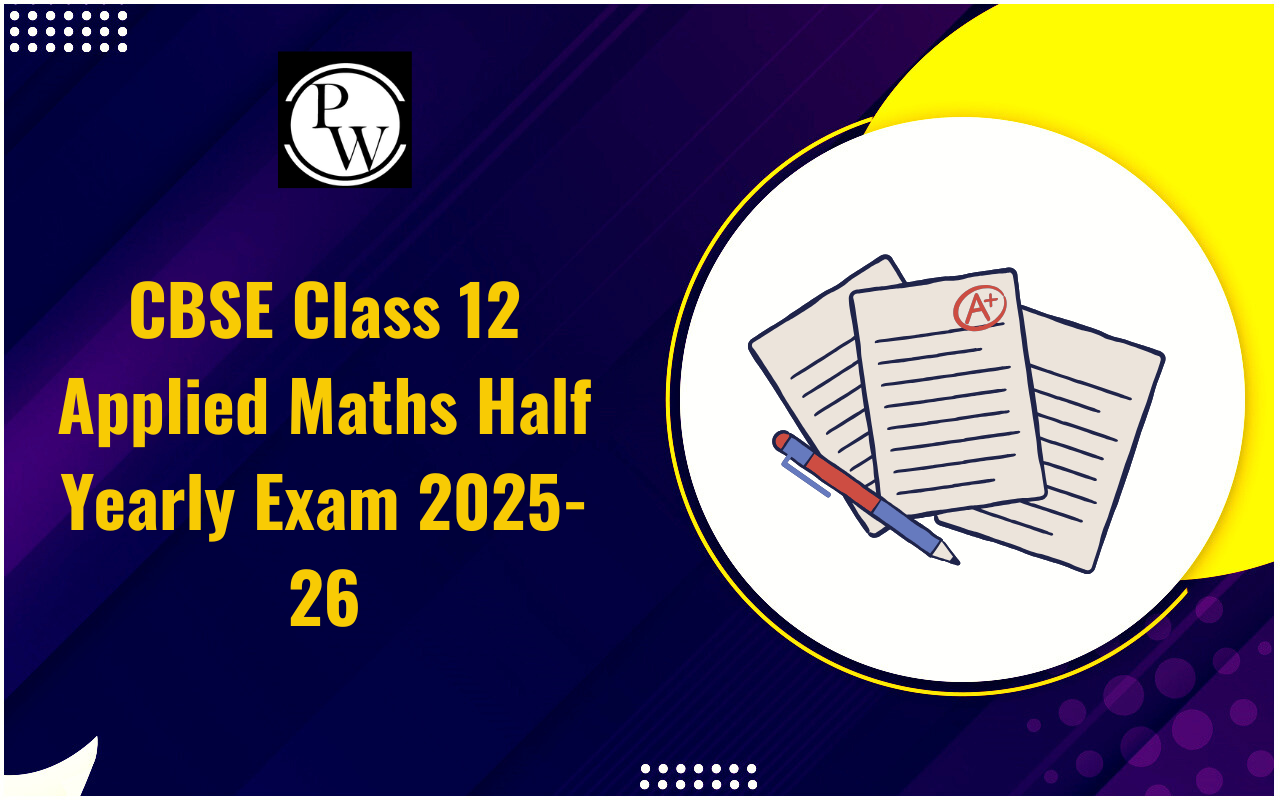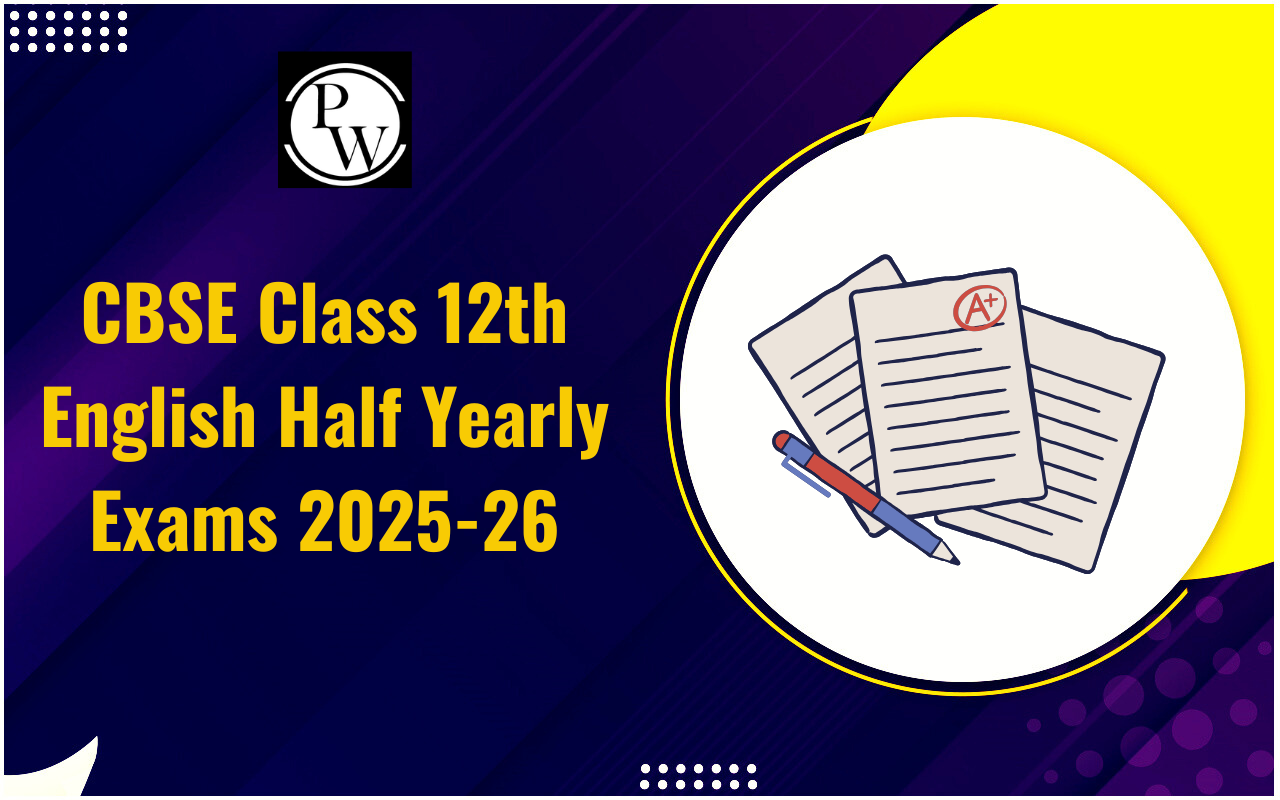
Top Scoring Chapters in Accountancy Class 12 CBSE: Scoring good marks in the CBSE class 12 Accountancy board exam requires students to follow a strategic plan and targeted focus on important topics. It is essential that students pay attention to all the topics of the syllabus. However, they must identify the top scoring chapters in Accountancy class 12 CBSE and prioritise them during their preparation. This strategy not only helps streamline their preparation but also boosts their confidence during the board exam.
By concentrating on high-weightage chapters like Partnership Accounting, Company Accounts, and Financial Statement Analysis, students can make the most of their study time. Additionally, by gaining clarity of these topics, students can conveniently transition to advanced accounting concepts for higher studies.
Top Scoring Chapters in Accountancy Class 12 CBSE
Strategic preparation is the key to success in the CBSE class 12 Accountancy board exam. Therefore, students must focus on chapters with higher marks to strengthen their chances of passing with a good percentage.
The table below presents the top-scoring chapters in the Accountancy class 12 CBSE, based on previous years’ board exams:
| CBSE Class 12 Accountancy Scoring Chapters | |
| Chapter Name | Marks |
| Fundamentals of Partnership Firm | 10 |
| Goodwill | 1 |
| Change in PSR (Profit Sharing Ratio) | 1 |
| Admission of a Partner | 6 |
| Retirement of a Partner | 9 |
| Death of a Partner | 8 |
| Dissolution of Partnership Firm | 11 |
| Issue of Shares | 23 |
| Issue of Debentures | 11 |
| Financial Statement and Analysis | 4 |
| Comparative and Common-Size Statement | 3 |
| Ratios Analysis | 6 |
| Cash Flow Statement | 9 |
CBSE Class 12 Accounts Topics
Class 12 CBSE Accountancy topics are categorised into two sections. Part A includes multiple topics for Accounting for partnership forms. On the other hand, Part B covers topics that help students in understanding financial statement analysis. To support students in efficient study and concept clarity, here’s a detailed breakdown of topics covered in CBSE class 12 Accountancy:
| CBSE Class 12 Accounts Topics (Part A) | |
| Unit | Topics Covered |
| Unit 1: Accounting for Partnership Firms | Features and formation of a partnership |
| Partnership Deed and legal provisions when absent | |
| Fixed vs. fluctuating capital | |
| Profit & Loss Appropriation Account | |
| Past Adjustments | |
| Goodwill (meaning, need, factors, valuation methods) | |
| Change in profit-sharing ratio | |
| Revaluation account and new balance sheet | |
| Admission of a partner (adjustments, goodwill treatment, revaluation, capital restructuring) | |
| Retirement or Death of a partner (capital adjustments, goodwill, deceased partner’s account) | |
| Dissolution of a firm and settlement of accounts | |
| Unit 2: Accounting for Companies | Share Capital:• Types of companies and shares• Issue and allotment of equity and preference shares• Concepts like over or under-subscription, calls in advance or arrears, ESOP, private placement• Forfeiture and reissue of shares• Balance sheet presentation |
| Debentures:• Types of debentures• Issue (cash and non-cash)• Redemption terms and interest calculation• Collateral security, discount or loss write-off treatment | |
| CBSE Class 12 Accounts Topics (Part B) | |
| Unit 3: Financial Statement Analysis | Corporate financial statements, format and structure |
| Importance, nature, and objectives of analysis | |
| Accounting Ratios | |
| Liquidity | |
| Solvency, Debt to Equity, Proprietary, Total Asset to Debt, Interest Coverage | |
| Inventory Turnover, Receivables and Payables Turnover, Fixed Asset Turnover, Working Capital Turnover | |
| Profitability: Gross Profit, Operating Profit, Net Profit, ROI | |
| Unit 4: Cash Flow Statement | Meaning, scope, and classification of activities |
| Preparation of statement using the indirect method as per AS 3 | |
| Adjustments for depreciation, gains, losses, dividends, taxes | |
| Cash equivalents, bank overdrafts, and current investments | |
Class 12 CBSE Accountancy Weightage
To perform well in the Class 12 Accountancy board exam, it's crucial to have a clear understanding of the marks allocated to each unit. This insight helps students effectively streamline their study time and focus on the most crucial topics. Marks allocation in class 12 Accountancy covers three parts. Parts A and B are included in the board exams, while Part C covers the project work and verbal test.
Here’s a detailed breakdown of class 12 CBSE Accountancy weightage:
| CBSE Class 12 Accountancy Weightage | |||
| Section | Unit | Chapter/Topic | Marks Allotted |
| Part AAccounting for Partnership Firms and Companies | Unit 1Partnership Accounts | Fundamentals & Features | 12 Marks |
| Partnership Deed | |||
| Changes in Partnership (Reconstitution)Dissolution of Firm | 24 Marks | ||
| Unit 2Company Accounts | Issue and Allotment of Share Capital | 16 Marks | |
| Accounting for Debentures | 8 Marks | ||
| Total for Part A | 60 Marks | ||
| Part BChoose either Financial Statement Analysis & Cash Flow or Computerised Accounting | Unit 3Financial Statement Analysis | Company Financial Statements | 12 Marks |
| Tools of Analysis (Comparative/Common Size Statements, Ratios) | |||
| Unit 4Cash Flow Statement | Preparation of Cash Flow Statement (Indirect Method) | 8 Marks | |
| Option 2Computerised Accounting | Complete Module | 20 Marks | |
| Total for Part B | 20 Marks | ||
| Part CProject Work / Practical | - | Project File or Practical File | 12 Marks |
| - | Viva Voce | 8 Marks | |
| Total for Part C | 20 Marks | ||
| Related Links | |
| Commerce Class 12 | Class 12 Accountancy |
| Class 12 Commerce Syllabus | Class 12 English |
| Class 12 Business Studies | Class 12 Economics |
| Class 12 Maths | Class 12 Result |
Top Scoring Chapters in Accountancy Class 12 CBSE FAQs
Which part has a high CBSE Accountancy weightage in class 12?
Which is the toughest class 12 Accounts topic?
What is the total CBSE Accountancy weightage for Part B?
What are the top scoring chapters in Accountancy class 12 CBSE?
Which is the most scoring topic in Class 12 Accountancy?










